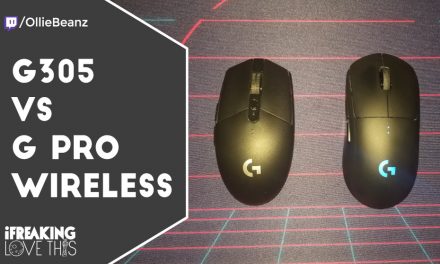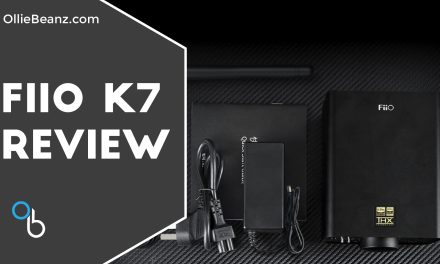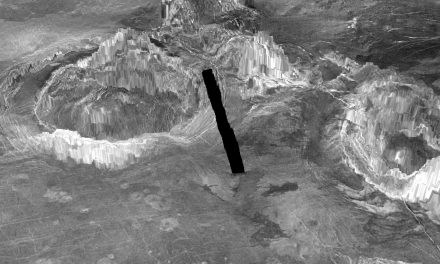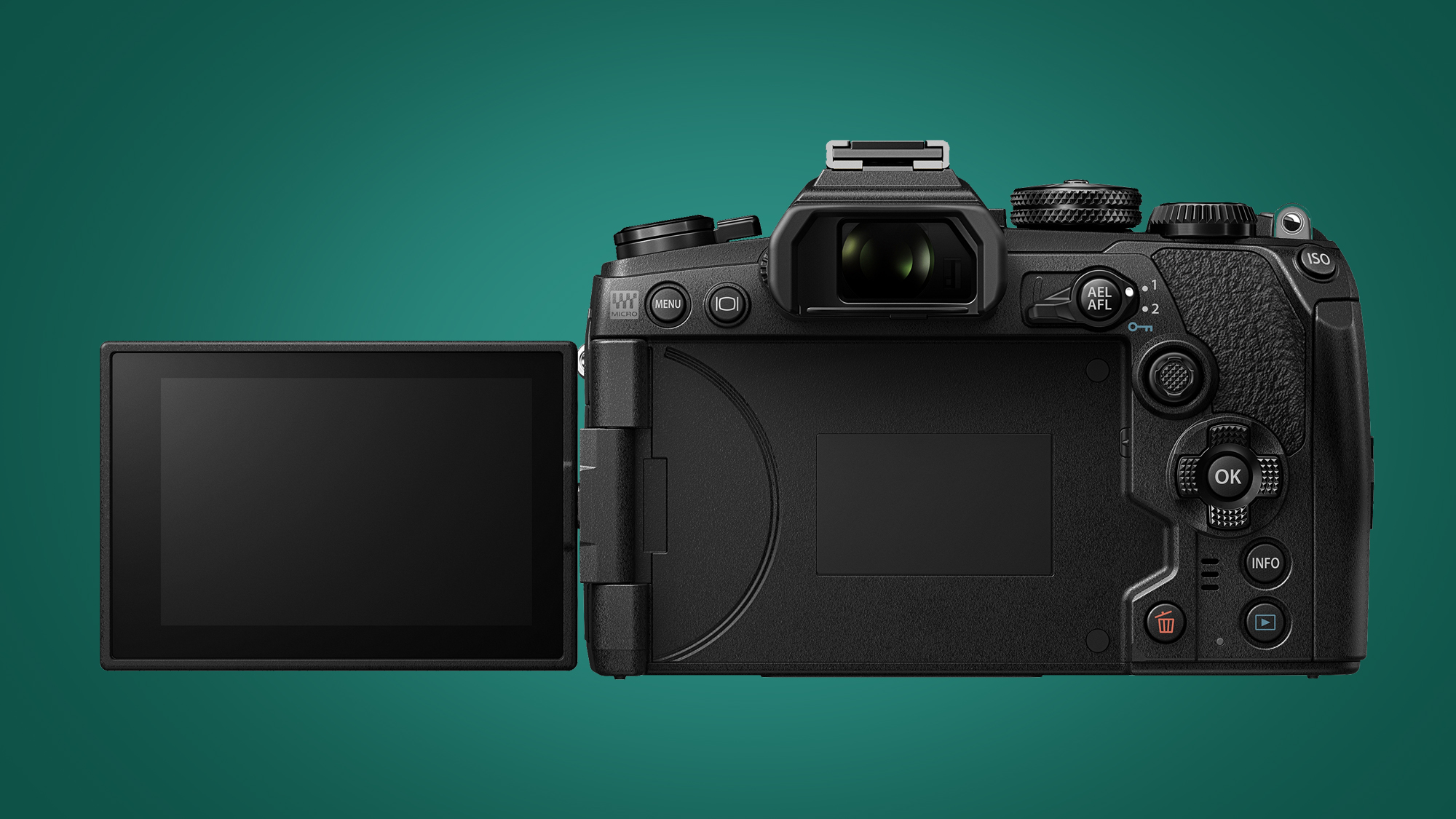
Olympus E-M1 Mark III is a Micro Four Thirds powerhouse with a price tag to match
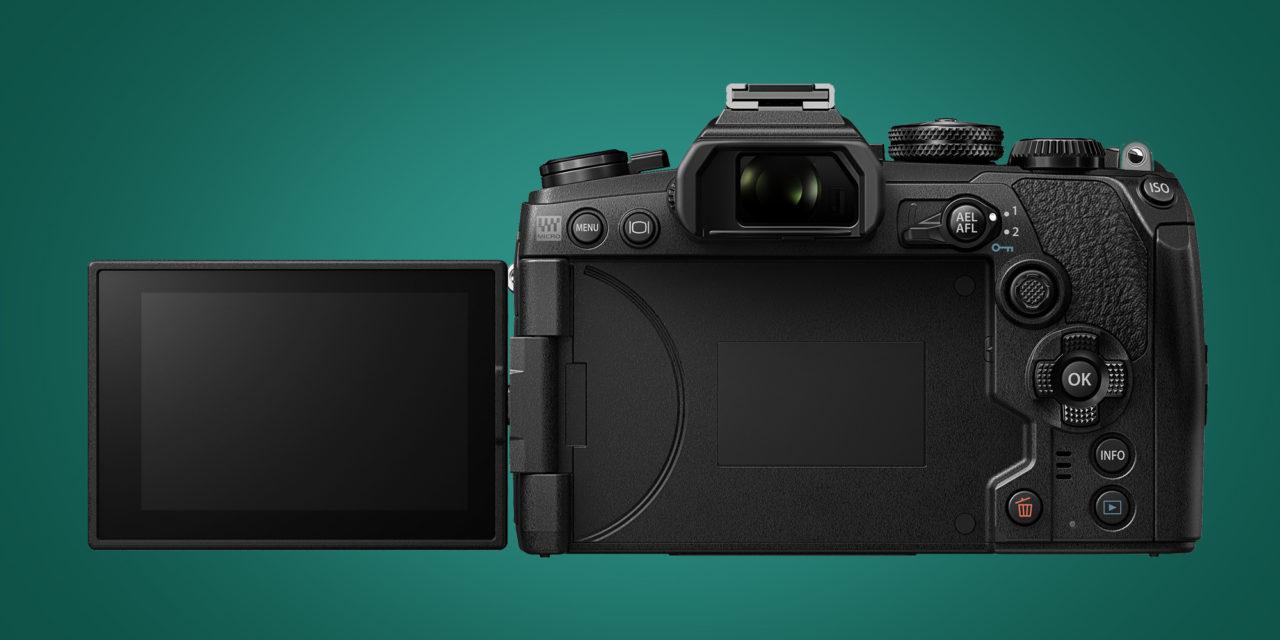
The Olympus E-M1 Mark III has followed up its recent leak with an official announcement – and it confirms that one of the most powerful Micro Four Thirds cameras we’ve seen will come with a premium price tag to match.
The E-M1 Mark III, which sits below the flagship E-M1X and inherits many of its features, is aimed at pros and keen amateurs who prize speed, handheld shooting and portability in a system with a wide range of native lenses.
While Four Thirds sensors are smaller than their APS-C and full-frame equivalents, they do allow cameras like the E-M1 Mark III to pack in features that would otherwise be tricky to squeeze into a 500g body. One of those is an in-body image stabilization (IBIS) system that claims to provide 7.5 stops of compensation, allowing handheld shooters to use slower shutter speeds to help preserve image quality.
The 20.4MP Live MOS sensor is sadly the same as its predecessor, but is paired with a new TruePic IX processor that powers some impressive AF and software skills, which we first saw in the E-M1X. These include the 50MP Handheld High Res Shot, which helps landscape shooters get around the 20MP limitation of the sensor, and Face and Eye Priority autofocus, which stems from the 121-point Phase Detection AF.
Other improvements on the Olympus E-M1 Mark II include a new ‘multi selector’ (otherwise known as a joystick) for quickly selecting AF points, and ‘Live ND’ for seeing the effects of the in-camera neutral density filter on your snaps in the viewfinder.
- These are the best mirrorless cameras in the world right now
- Or read up the best travel cameras you can buy
- Check out our in-depth Fujifilm X-T4: everything we know so far roundup
Pro price tags
Aside from these new features, the E-M1 Mark III shares a lot of similarities with its predecessor, including a weather-sealed magnesium alloy body and its SSWF (Super Sonic Wave Filter Filter) tech, which should keep the sensor free of pesky dust particles.
The camera’s 4K video has also been given a minor bump with the inclusion of the flat OM-Log400 profile, which lets more advanced shooters grade footage in post-production.
So does the Olympus E-M1 Mark III have any downsides? While it’s shaping up to be a fine all-rounder, the main one is likely to be price. It’ll be available to buy body-only from late February for $1,799.99 / £1,599.99 (around AU$3086), or in various kit lens combinations.
These kit bundles include one with the M.Zuiko Digital ED 12-40mm f/2.8 Pro lens for $2499.99 / £2,199.99 (around AU$4,240) or another with the M.Zuiko Digital ED 12-100mm f/4.0 IS Pro lens for $2899.99 / £2,499.99 (around AU$4,820).
These prices are quite hefty when you can pick up a full-frame Sony A7 III and Nikon Z6 for around the same asking price. On the other hand, the E-M1 Mark III is targeted at different photographers and Micro Four Thirds lenses are considerably smaller and more affordable than their full-frame equivalents.
If you don’t need all of the E-M1 Mark III’s new features, the E-M1 Mark II will remain on sale for a body-only price of £1,299.99 (around $1,680 / AU$2,510) or £1,999.99 (around $2580 / AU$3860).
Source:: TechRadar Portable Devices



